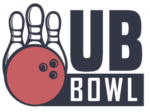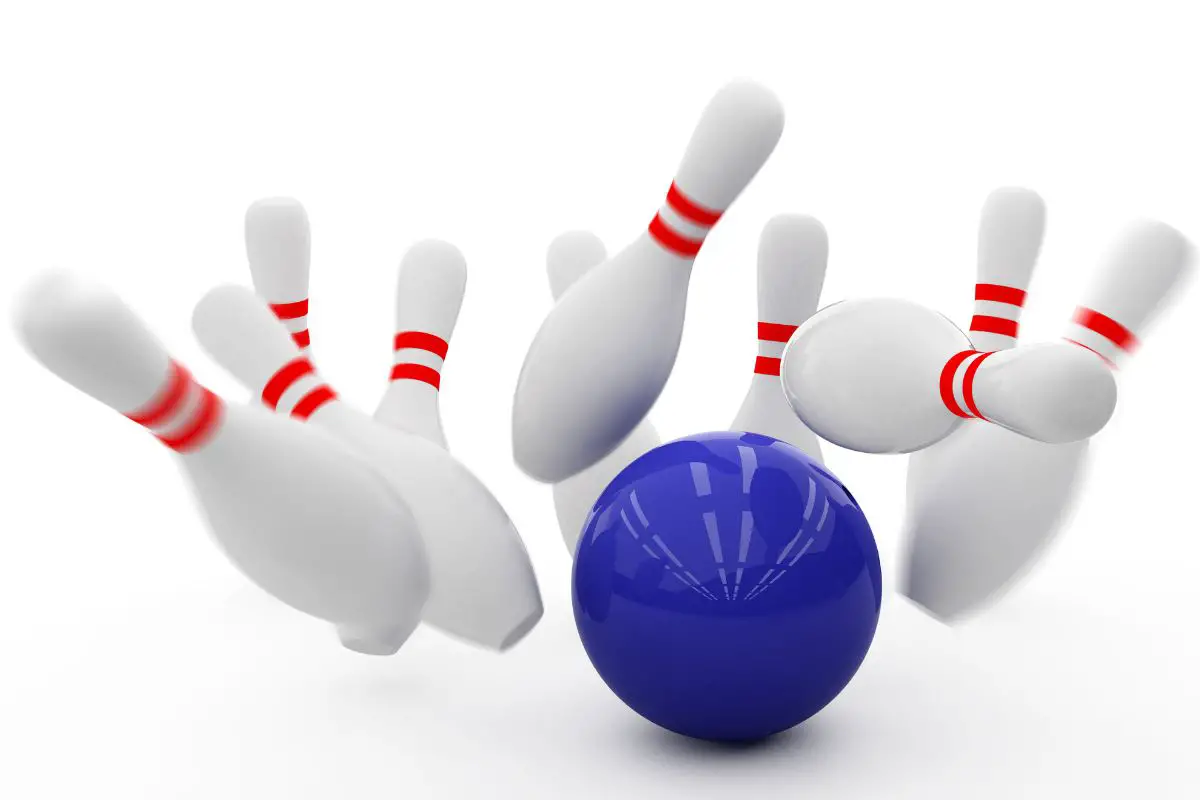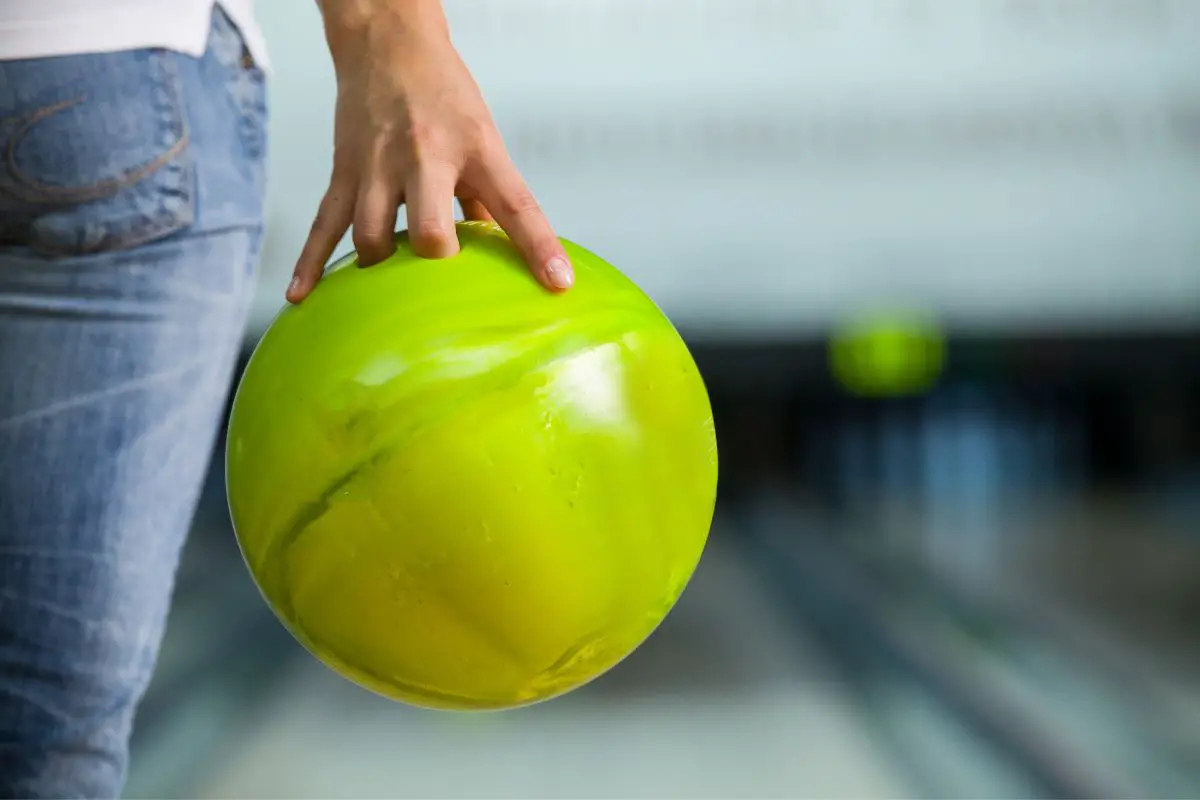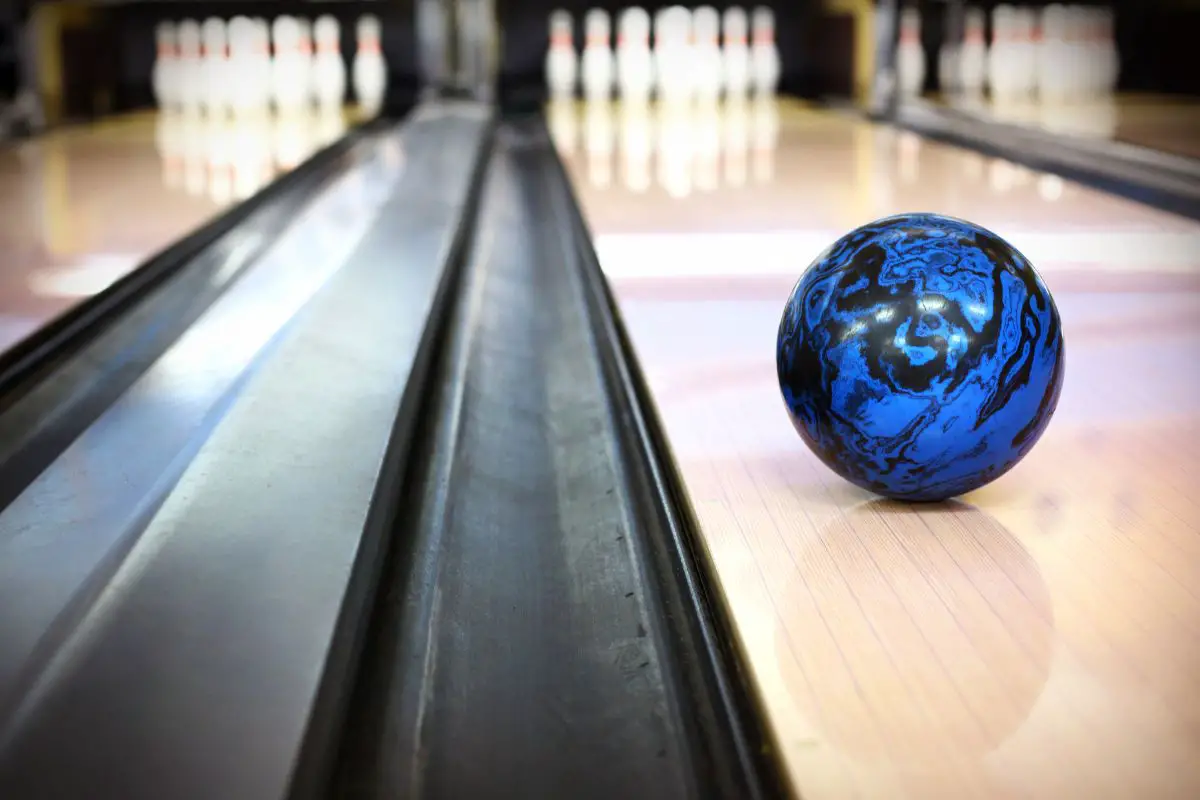If you are getting into the more competitive and professional areas of bowling after finding some success in the recreational games you may have started to realize that most pro players and intermediates use their own balls, as well as shoes!
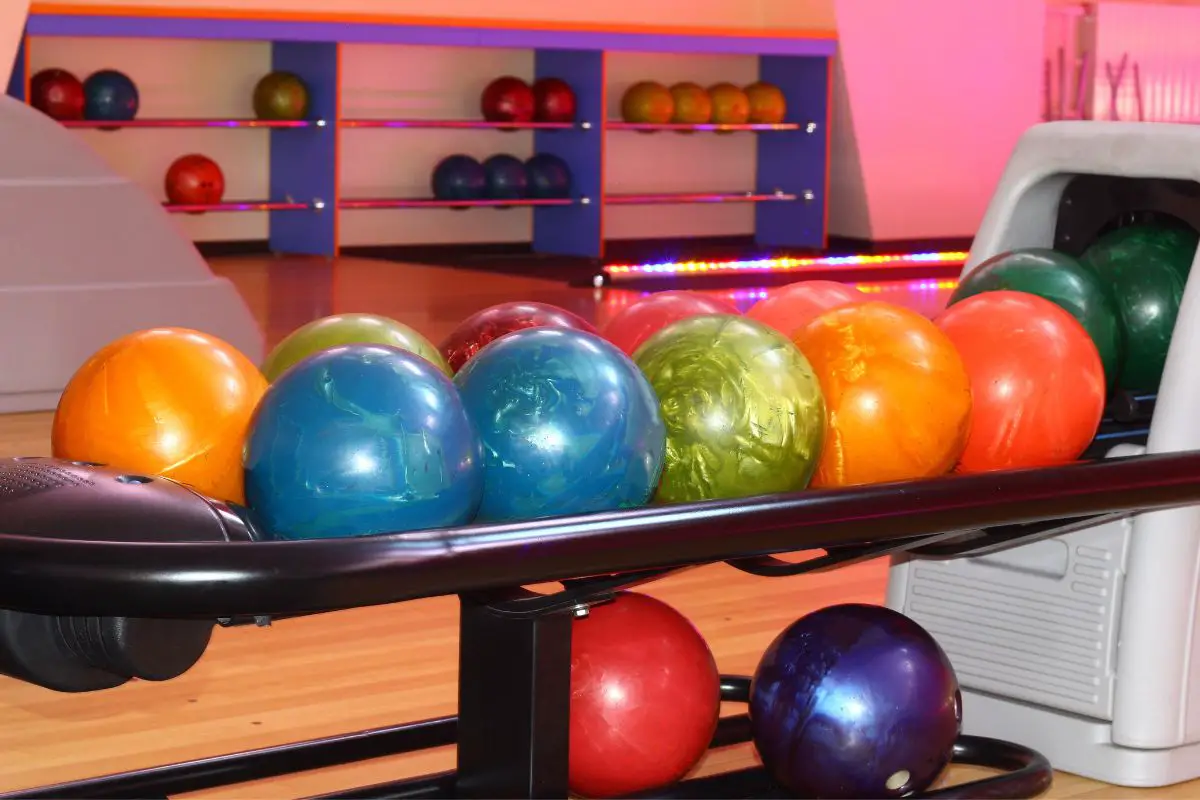
A big part of becoming a better bowler is understanding how the ball is made, what different things affect how it rolls, how materials change your playing style, or even how your playing style can suit a specific ball setup, and how this changes with conditions.
Here’s our guide.
How Are Bowling Balls Made?
Understanding how bowling balls are made, and their composition, is a really pivotal part of understanding material choices and how they change the ball.
Historically, most bowling balls were made with a three-layer structure, however in the modern day, since Faball Inc. started manufacturing most balls in the 1990s, they engineered a new two-layer composition that has been adopted by the industry at large.
Firstly, a core is created that is filled with another material so you have a dense sphere.
Secondly, a shell is created by pouring material into a ‘coverstock’ mold. The coverstock is basically the outside layer of the ball designed to essentially be a shock absorber.
Finally, the ball is finished by sanding or polishing to make a perfect sphere.
What Materials Are Used To Create Bowling Balls?
In general, there are four different types of ball material, each with its own unique response to lane conditions. There are two things worth noting before we get into the materials.
Most beginners won’t yet know that different bowling lanes will have different conditions. While one lane might be regularly oiled and thus slightly more slippy, another lane could be really dry and frictive. Different conditions require different balls.
As a beginner, most balls you will play with are house balls. That is to say, they are provided by the alley themselves, rather than ones you have brought from home.
All house balls will be the same material, usually, only their weight changes for the most part.
The following descriptions describe the coverstock material, changing the way they interact with the lane, rather than the material of the core which doesn’t change too much
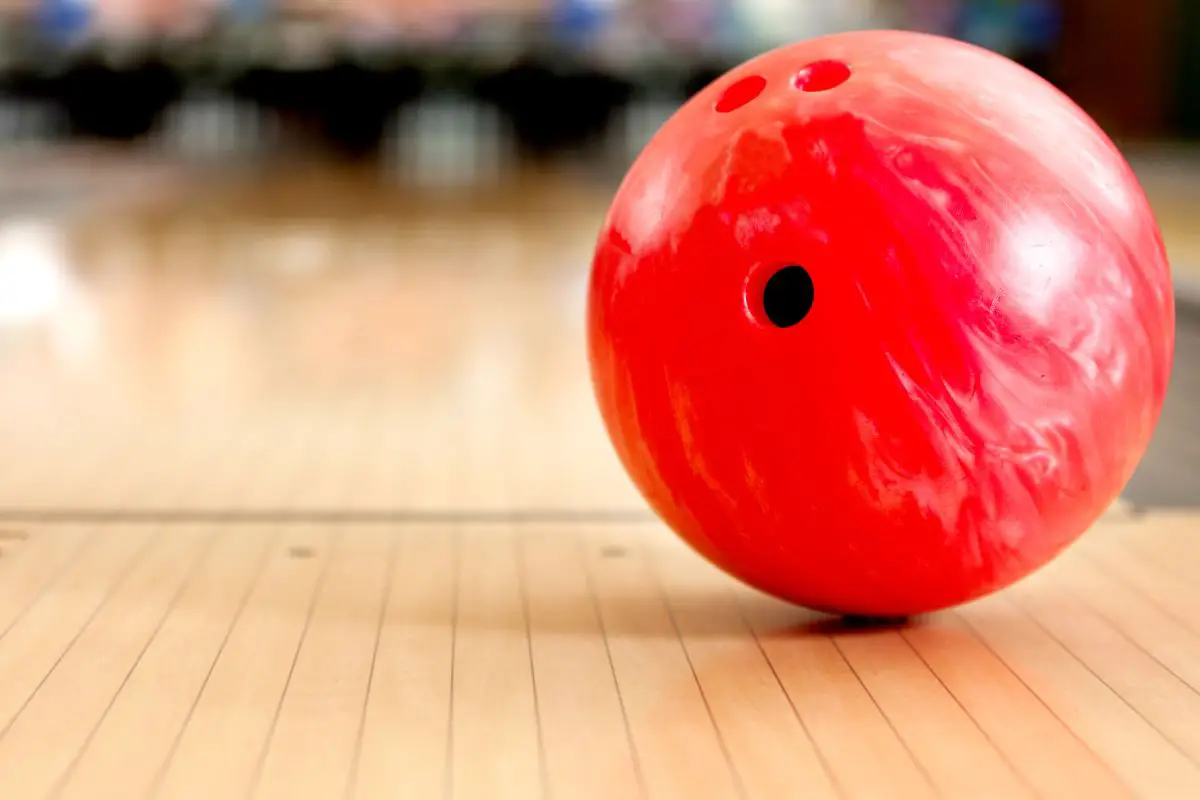
Polyester (Plastic) Bowling Balls
Perhaps the most common material bowling balls are made from is plastic. There will be more plastic balls than any other sort of ball out there. Namely, the house balls you commonly play with at the bowling alley will almost always be polyester balls.
Polyester shells are relatively hard and don’t have that much ability to create friction. If you use a plastic ball on a well-oiled lane it will slide more than roll. However, most lanes in bowling alleys are rarely oiled soo this doesn’t happen.
Polyester balls, while not the best for bowling, are the most popular as they are the cheapest.
Urethane Bowling Balls
If you are a beginner who is looking to purchase your first bowling ball, then urethane is probably the best option. A plastic ball will have next to no hook, whereas a urethane can have a pretty good hook.
Urethane is the next expensive material but not the most expensive by any means. They require much less maintenance and upkeep than some of the others might.
Particle Bowling Balls
These types of balls are designed to focus on the hook of the ball and are designed with a unique way to create grip with the lane.
As they create a really good grip they are ideal for heavily oiled lanes. They basically have a few different spots that are more frictive than others.
They are not necessarily expensive balls but should be reserved for the advanced bowlers who know what they are doing.
To use this ball effectively you need to be able to judge oil conditions really well, as well as when to use the ball for a certain shot.
Reactive Resin Bowling Balls
The reactive resin ball is basically a urethane ball that has been covered in resin. Often most expensive due to production, these balls are great if you want a very heavy grip on the lane.
As the balls are covered in resin they generally have the best connection with the lane, for the most heavily oiled lanes these can be ideal. Moreover, the resin coat makes them amazing for the hook.
What Is A Hook?
If you are getting into more advanced bowling techniques and concepts, the hook is a really important one.
It essentially describes one of three parts of the ball’s motion when thrown.
When the ball initially hits the floor this is known as the skid, the hook is this second phase that is ultimately altered by how the bowling ball interacts with the lane, while the roll describes the very final phase of the way the roll affects how the ball hits the pins.
Your material choice will affect the skid and the hook most, the two are often affected most by each other. But determining your hook can really affect your accuracy and chances of a strike or spare.
Final Thoughts
As you can see, bowling balls are made from lots of different materials. The material choice ultimately changes what is called the overstock of the ball, which is the material that will interact with the lane.
Most house balls are made from polyester/plastic and this is the cheapest and least effective ball material. Most advanced players will use Urethane and potentially a Particle or Resin ball, as they can suit different conditions.
Ultimately, having more than one ball that is more than one material will allow you to react to the conditions of the lane freely.
If you only have one ball and the lane conditions aren’t suited you don’t have much choice and will most likely lose the game if someone has a material ball suited better to the lane.
We hope this guide helps you choose your next ball.
- A Comprehensive Guide to the Top Bowling Movies of All Time - December 23, 2023
- Bowling Shoes Selection Guide: How to Choose the Right Fit - September 27, 2023
- Bowling Ball Buying Guide: How to Choose the Right Ball for You - September 23, 2023
